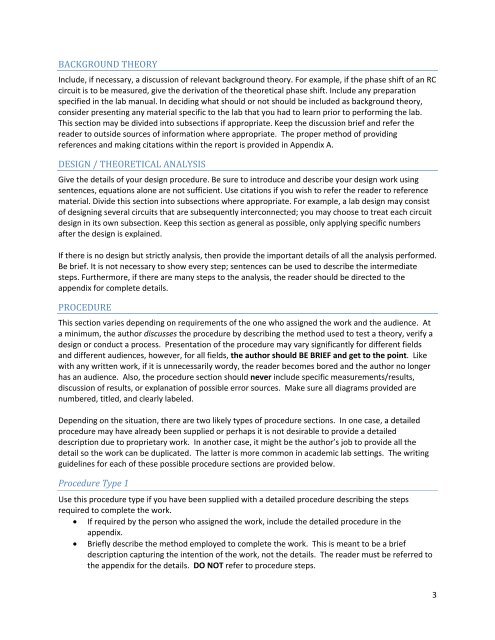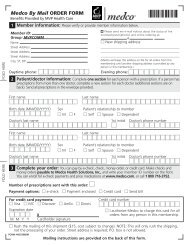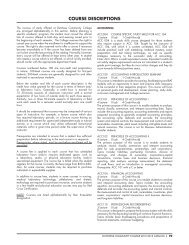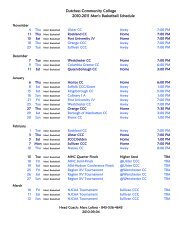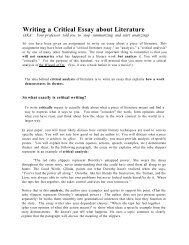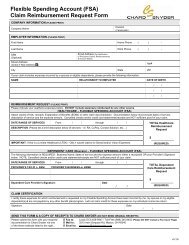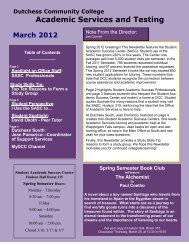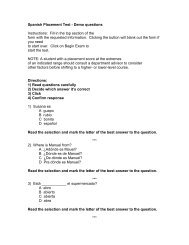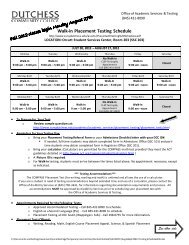TECHNICAL REPORT WRITING GUIDELINES
TECHNICAL REPORT WRITING GUIDELINES
TECHNICAL REPORT WRITING GUIDELINES
You also want an ePaper? Increase the reach of your titles
YUMPU automatically turns print PDFs into web optimized ePapers that Google loves.
BACKGROUND THEORYInclude, if necessary, a discussion of relevant background theory. For example, if the phase shift of an RCcircuit is to be measured, give the derivation of the theoretical phase shift. Include any preparationspecified in the lab manual. In deciding what should or not should be included as background theory,consider presenting any material specific to the lab that you had to learn prior to performing the lab.This section may be divided into subsections if appropriate. Keep the discussion brief and refer thereader to outside sources of information where appropriate. The proper method of providingreferences and making citations within the report is provided in Appendix A.DESIGN / THEORETICAL ANALYSISGive the details of your design procedure. Be sure to introduce and describe your design work usingsentences, equations alone are not sufficient. Use citations if you wish to refer the reader to referencematerial. Divide this section into subsections where appropriate. For example, a lab design may consistof designing several circuits that are subsequently interconnected; you may choose to treat each circuitdesign in its own subsection. Keep this section as general as possible, only applying specific numbersafter the design is explained.If there is no design but strictly analysis, then provide the important details of all the analysis performed.Be brief. It is not necessary to show every step; sentences can be used to describe the intermediatesteps. Furthermore, if there are many steps to the analysis, the reader should be directed to theappendix for complete details.PROCEDUREThis section varies depending on requirements of the one who assigned the work and the audience. Ata minimum, the author discusses the procedure by describing the method used to test a theory, verify adesign or conduct a process. Presentation of the procedure may vary significantly for different fieldsand different audiences, however, for all fields, the author should BE BRIEF and get to the point. Likewith any written work, if it is unnecessarily wordy, the reader becomes bored and the author no longerhas an audience. Also, the procedure section should never include specific measurements/results,discussion of results, or explanation of possible error sources. Make sure all diagrams provided arenumbered, titled, and clearly labeled.Depending on the situation, there are two likely types of procedure sections. In one case, a detailedprocedure may have already been supplied or perhaps it is not desirable to provide a detaileddescription due to proprietary work. In another case, it might be the author’s job to provide all thedetail so the work can be duplicated. The latter is more common in academic lab settings. The writingguidelines for each of these possible procedure sections are provided below.Procedure Type 1Use this procedure type if you have been supplied with a detailed procedure describing the stepsrequired to complete the work.• If required by the person who assigned the work, include the detailed procedure in theappendix.• Briefly describe the method employed to complete the work. This is meant to be a briefdescription capturing the intention of the work, not the details. The reader must be referred tothe appendix for the details. DO NOT refer to procedure steps.3


